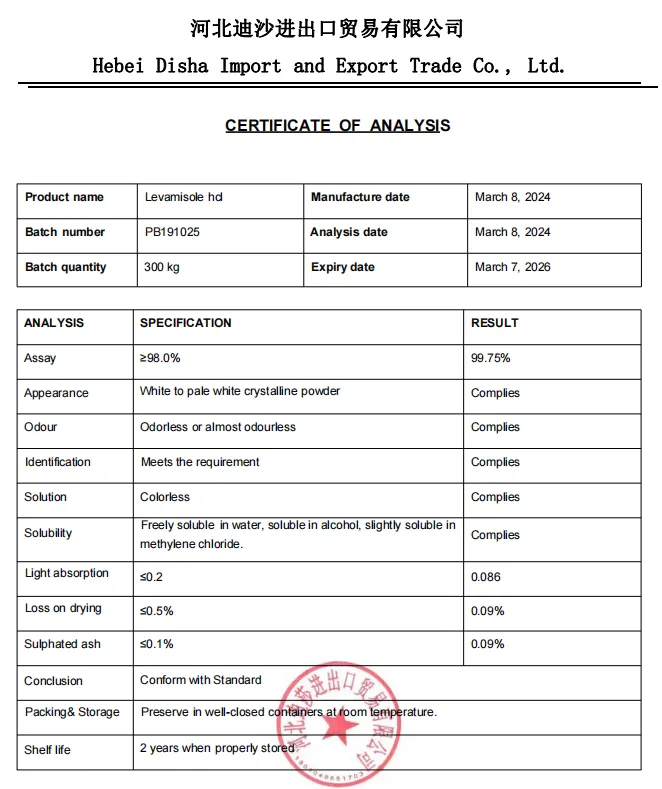Warning: Undefined array key "title" in /home/www/wwwroot/HTML/www.exportstart.com/wp-content/themes/1198/header.php on line 6
Warning: Undefined array key "file" in /home/www/wwwroot/HTML/www.exportstart.com/wp-content/themes/1198/header.php on line 7
Warning: Undefined array key "title" in /home/www/wwwroot/HTML/www.exportstart.com/wp-content/themes/1198/header.php on line 7
Warning: Undefined array key "title" in /home/www/wwwroot/HTML/www.exportstart.com/wp-content/themes/1198/header.php on line 7
- Afrikaans
- Albanian
- Amharic
- Arabic
- Armenian
- Azerbaijani
- Basque
- Belarusian
- Bengali
- Bosnian
- Bulgarian
- Catalan
- Cebuano
- China
- China (Taiwan)
- Corsican
- Croatian
- Czech
- Danish
- Dutch
- English
- Esperanto
- Estonian
- Finnish
- French
- Frisian
- Galician
- Georgian
- German
- Greek
- Gujarati
- Haitian Creole
- hausa
- hawaiian
- Hebrew
- Hindi
- Miao
- Hungarian
- Icelandic
- igbo
- Indonesian
- irish
- Italian
- Japanese
- Javanese
- Kannada
- kazakh
- Khmer
- Rwandese
- Korean
- Kurdish
- Kyrgyz
- Lao
- Latin
- Latvian
- Lithuanian
- Luxembourgish
- Macedonian
- Malgashi
- Malay
- Malayalam
- Maltese
- Maori
- Marathi
- Mongolian
- Myanmar
- Nepali
- Norwegian
- Norwegian
- Occitan
- Pashto
- Persian
- Polish
- Portuguese
- Punjabi
- Romanian
- Russian
- Samoan
- Scottish Gaelic
- Serbian
- Sesotho
- Shona
- Sindhi
- Sinhala
- Slovak
- Slovenian
- Somali
- Spanish
- Sundanese
- Swahili
- Swedish
- Tagalog
- Tajik
- Tamil
- Tatar
- Telugu
- Thai
- Turkish
- Turkmen
- Ukrainian
- Urdu
- Uighur
- Uzbek
- Vietnamese
- Welsh
- Bantu
- Yiddish
- Yoruba
- Zulu
يوليو . 25, 2024 04:33 Back to list
Exploring the Benefits and Uses of Xanthan Gum in Baking for Perfect Texture and Flavor
Baking with Xanthan Gum A Guide for Home Bakers
Baking is both an art and a science, where the right ingredients and techniques can lead to delightful results. For many home bakers, xanthan gum has emerged as a popular ingredient, especially for those who follow gluten-free diets or seek to enhance the texture of their baked goods. In this article, we will explore what xanthan gum is, its uses in baking, and some tips for incorporating it into your recipes.
What is Xanthan Gum?
Xanthan gum is a thickening agent and stabilizer that is derived from the fermentation of sugar by the Xanthomonas campestris bacterium. It is a polysaccharide, meaning it consists of long chains of sugar molecules. Commonly used in the food industry, xanthan gum acts as a binding agent, which helps maintain the structure and texture of various products, from sauces to ice creams. Its ability to thicken and stabilize makes it particularly useful in gluten-free baking.
Why Use Xanthan Gum in Baking?
When baking with wheat flour, gluten provides the elasticity and structure that helps baked goods rise and maintain their shape. However, when baking without gluten, such as in gluten-free recipes, xanthan gum can fill this gap. It helps give gluten-free flours the texture and consistency needed to create light and fluffy breads, cakes, and pastries. Additionally, xanthan gum can improve moisture retention, ensuring that baked goods stay fresh longer.
How to Use Xanthan Gum in Baking
When incorporating xanthan gum into your recipes, it is essential to understand the right proportions. Typically, a small amount goes a long way for most gluten-free baked goods, a range of 1/4 to 1 teaspoon per cup of flour is recommended, depending on the texture you desire. For thicker batters, you may want to increase the amount slightly, while lighter mixtures may require less.
baking with xanthan gum

For best results, add xanthan gum to the dry ingredients before mixing them with the wet ones. This ensures even distribution throughout the flour, preventing clumping and allowing for optimal thickening.
Baking Tips with Xanthan Gum
1. Experiment with Flours Xanthan gum works well with various gluten-free flours, such as almond, rice, or oat flour. Each flour type may yield different textures, so feel free to experiment to find a combination that suits your palate.
2. Adjust Liquid Content Gluten-free flours often absorb more liquid than wheat flour. When using xanthan gum, you might need to adjust the liquid ingredients in your recipe to achieve the desired consistency.
3. Storage Considerations Xanthan gum does not spoil easily, but it’s best to store it in a cool, dry place, away from moisture. This will help maintain its effectiveness over time.
4. Test and Tweak Baking with xanthan gum can require some trial and error. Don’t hesitate to tweak the amounts based on how your baked goods turn out. Every oven and ingredient can behave differently, so getting to know your specific setup is crucial.
Conclusion
Xanthan gum can be a game-changer for anyone looking to bake gluten-free or improve the texture of their baked goods. Its versatility and effectiveness make it an essential ingredient in the pantry of any avid baker. With a little practice and experimentation, you can create beautifully risen, moist, and delicious treats that everyone will enjoy. So don your apron and start baking with xanthan gum; new culinary adventures await!
Latest news
-
Certifications for Vegetarian and Xanthan Gum Vegetarian
NewsJun.17,2025
-
Sustainability Trends Reshaping the SLES N70 Market
NewsJun.17,2025
-
Propylene Glycol Use in Vaccines: Balancing Function and Perception
NewsJun.17,2025
-
Petroleum Jelly in Skincare: Balancing Benefits and Backlash
NewsJun.17,2025
-
Energy Price Volatility and Ripple Effect on Caprolactam Markets
NewsJun.17,2025
-
Spectroscopic Techniques for Adipic Acid Molecular Weight
NewsJun.17,2025

